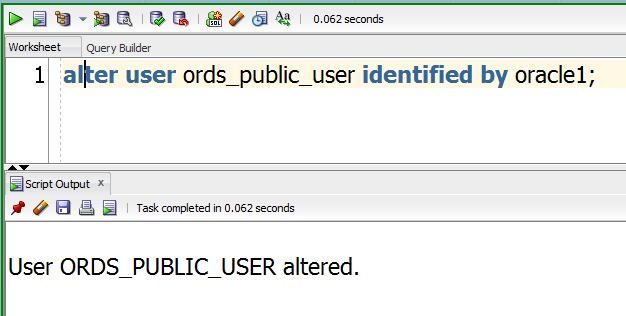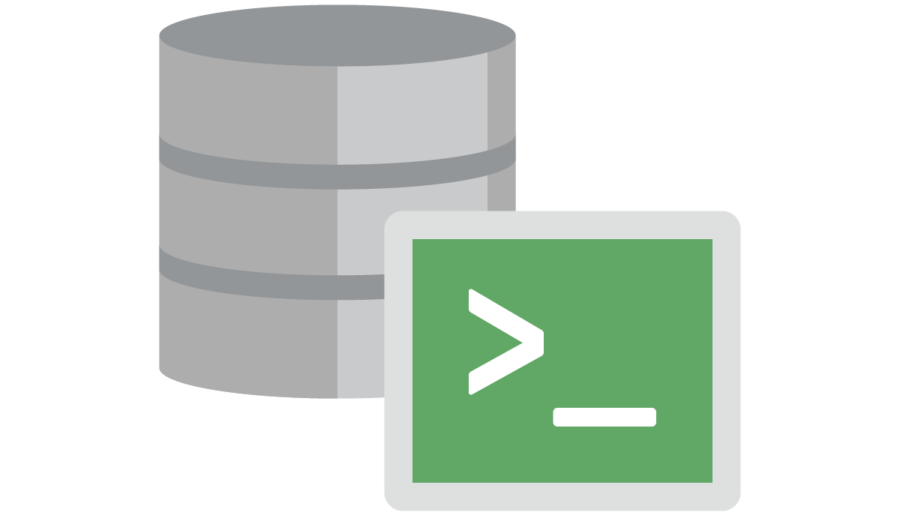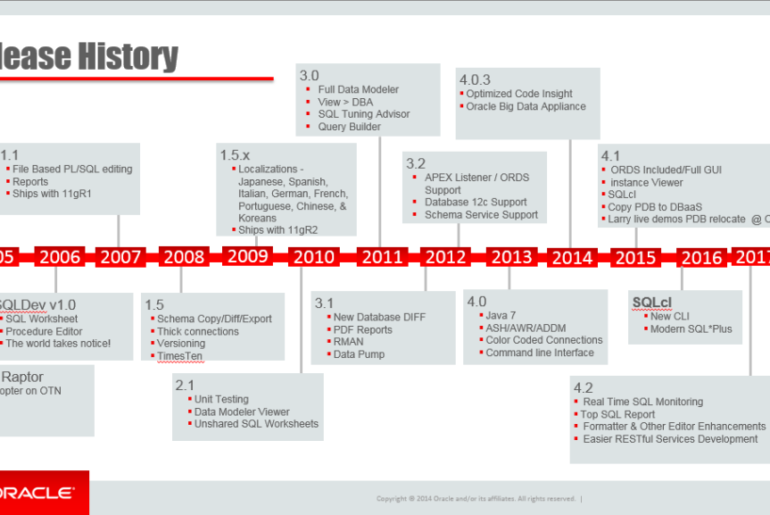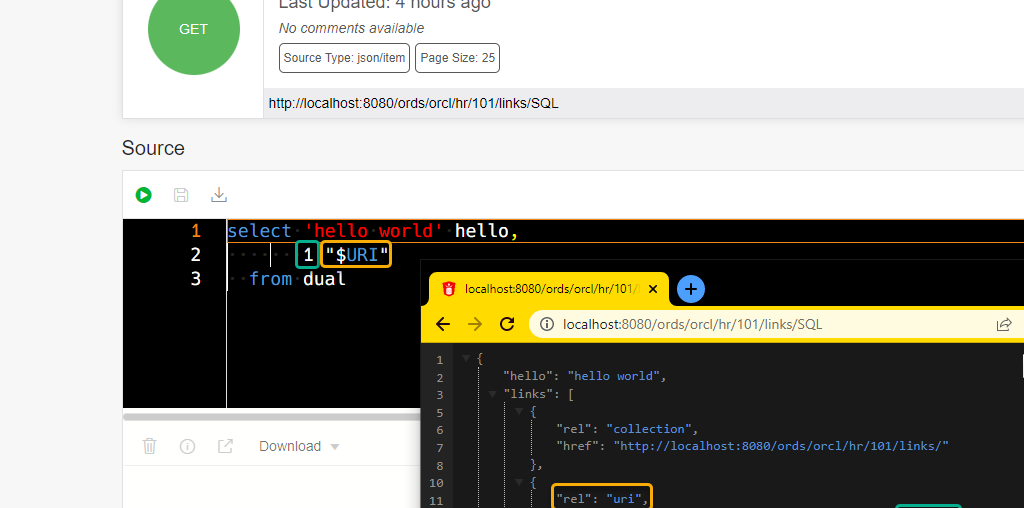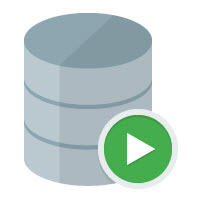SQL Developer has averaged about a single major release a year. We’ve also always had an Early Adopter or open beta where we would debut new features, and you could provide feedback. I think this worked – quite well even. But that’s over. Starting later this year, you’ll see us put our product (SQLDev, Data Modeler, SQLcl, ORDS) release updates every quarter. This allows us to keep up with the frequent release cycles we see…
